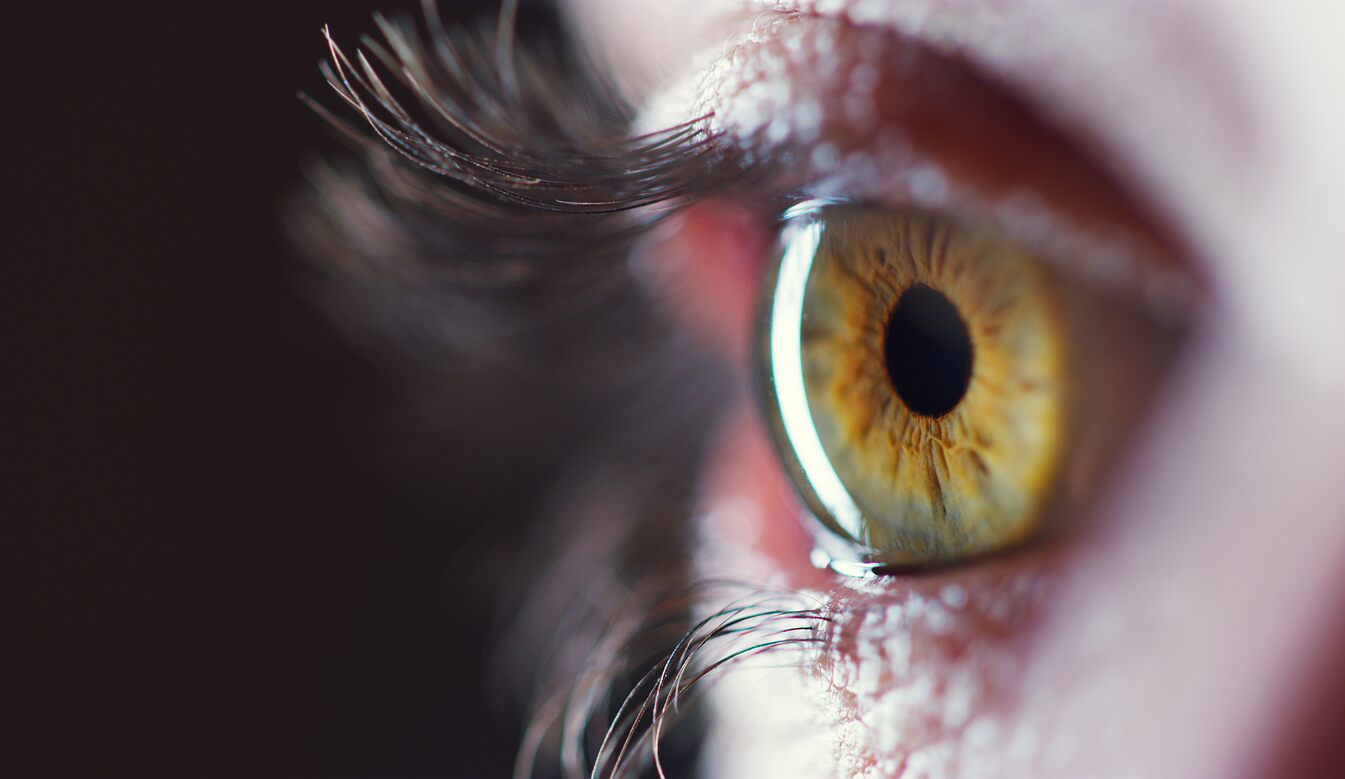[ad_1]
Get all the latest news on coronavirus and more delivered daily to your inbox. Sign up here.
Scientists sent patterns of electricity coursing across people’s brains so they could see letters that weren’t there, LiveScience reported.
The experiment reportedly worked in both sighted people and blind participants who had lost their sight in adulthood, according to the study, published May 14 in Cell. Although this technology is in its early stages, researchers predict that implanted devices could potentially stimulate brains to partially restore vision in the future.
CLICK HERE FOR CORONAVIRUS COVERAGE
The implants, or “visual prosthetics” were situated on the visual cortex and then stimulated in a pattern to “trace” out shapes that the participants could then “see,” Live Science wrote.
“An early iteration [of such a device] could provide detection of the contours of shapes encountered,” study authors neuroscientist Michael Beauchamp and neurosurgeon Dr. Daniel Yoshor, both at the Baylor College of Medicine, told Live Science in an email. “The ability to detect the form of a family member or to allow more independent navigation would be a wonderful advance for many blind patients.”
BACKLOGGED NY LAB STRUGGLES TO ACCOMMODATE CORONAVIRUS TESTS
The study authors created the letters by stimulating the brain with electrical currents, thereby generating “phosphenes” — or tiny pinpricks of light that people sometimes perceive without any actual light entering their eyes. Phosphenes may be seen when rubbing the eyes in a dark room, a phenomenon often described as “seeing stars,” the study authors said.
The team laid an array of electrodes over participants’ region of the brain known as V1, where information from the retinas gets funneled for early processing. The authors found that, if they activated one electrode at a time, participants reliably saw a phosphene appear in its predicted zone. But if multiple electrodes came online simultaneously, the individual phosphenes still appeared but did not come together as coherent shapes, Live Science wrote.
WITH REMDESIVIR SCARCITIES, DOCTORS ADVISED TO ‘RANDOMLY ALLOCATE’ DRUG TO PATIENTS
Live Science also reported that, in a different strategy, scientists hypothesized that by “sweeping an electrical current across” several electrodes they could trace patterns onto the surface of the brain and thus generate recognizable shapes. “The brain is uniquely tuned to detect changes in our environment,” so they theorized that the organ should track a pattern of phosphenes presented one after the other, the authors said.
The study authors found they could generate phosphenes between the locations of two separate electrodes, therefore “connecting the dots” between them. With this technique, the authors drew letter shapes, such as “W,” “S” and “Z”, onto the surface of V1; the shapes had to be drawn upside-down and backward, which is how visual information usually reaches the visual cortex from our eyes, Live Science wrote.
By the end, participants could “see” the traced shapes and recreate them on a touch screen.
US CORONAVIRUS DEATH RATE 20-FOLD GREATER THAN INFLUENZA: STUDY
When participants in the study began seeing letters form in their minds’ eyes, “I think they were at least as excited as we were, probably more!” Beauchamp and Yoshor told Live Science.
In the future, visual prosthetics will likely contain “many thousands of electrodes,” whereas the study only used a few dozen, the authors said. For visual prostheses to work, new electrodes will need to be invented that remain compatible with brain tissue for extended periods of time, Roelfsema told Live Science. “The current ones going into the brain cause damage and do not work long enough,” Roelfsema said.
Since blindness is not a life-threatening condition, researchers emphasized the need to weigh visual prosthetics’ risks in accordance with its benefits in future studies.
[ad_2]
Source link

